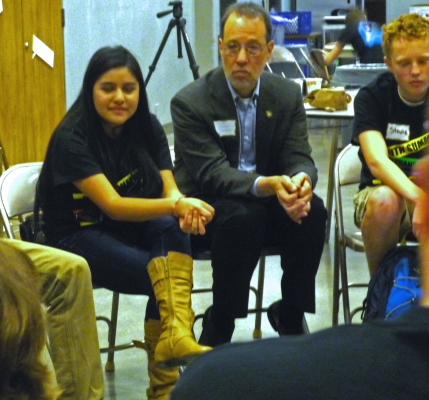New research from NITC looks at Health Impact Assessment, or HIA, in transportation planning.
The leading causes of death in the United States are no longer communicable diseases. Instead, chronic conditions linked to behaviors and shaped by environments—such as obesity and diabetes—are today’s most pressing public health concerns.
HIA is a way of evaluating the effects that planning decisions will have on public health.
Researcher Nicole Iroz-Elardo studied this relatively new endeavor, analyzing and comparing three contemporary case studies in HIA.
She will share her findings in an IBPI webinar on July 16, 2014.
By engaging professionals from multiple disciplines, HIA can give planners a larger knowledge base to inform decisions.
In a collaborative process that did not emerge in the U.S. until 1999, stakeholders and community members engage with public health professionals to identify and deliberate about health interests related to the proposed plan.
They generally focus on health equity, and use as a framework the social determinants of health: a broad...
Read more







